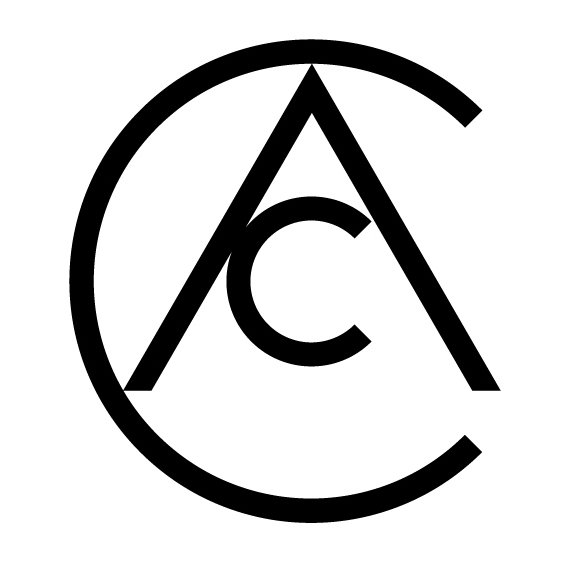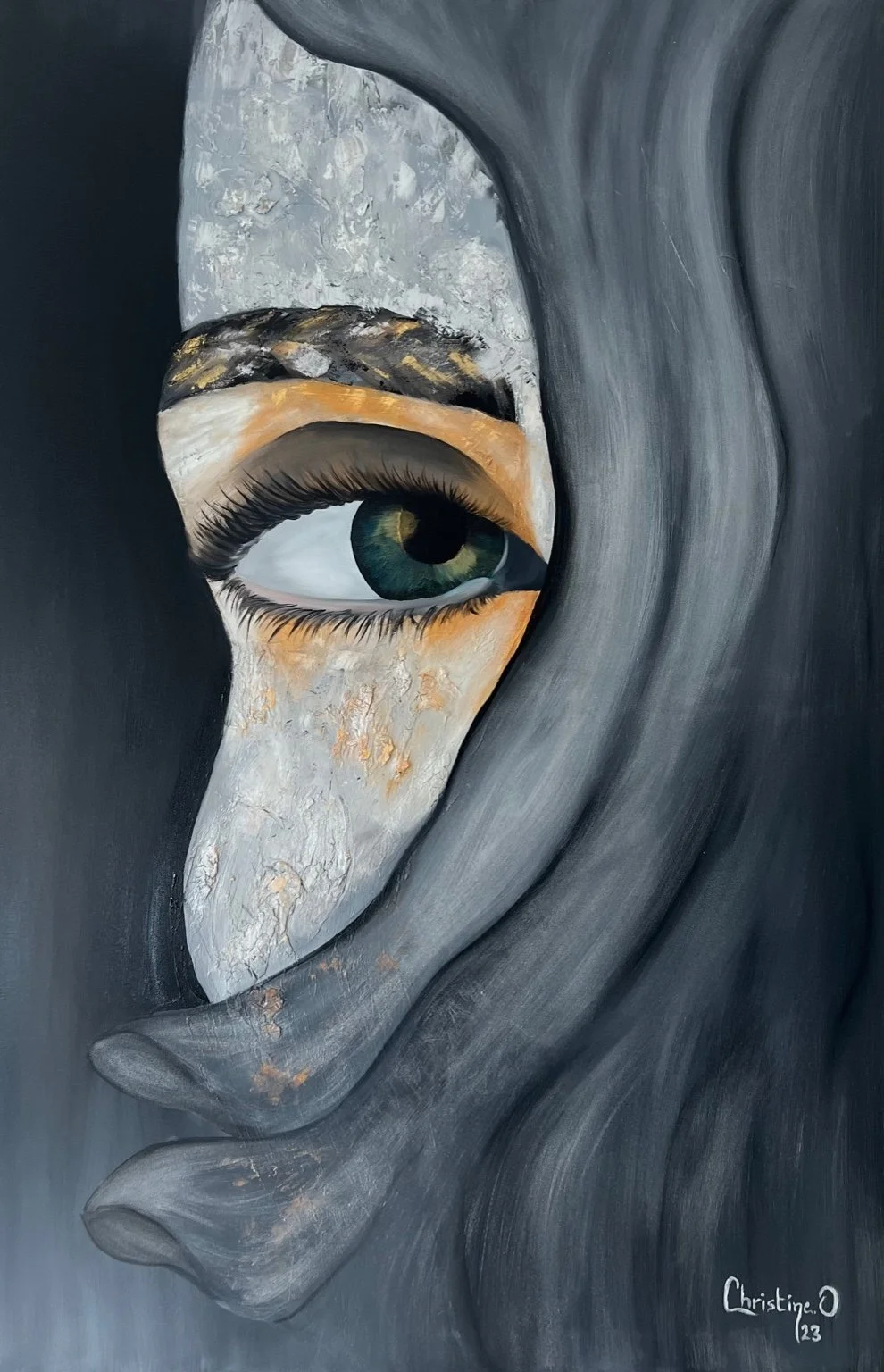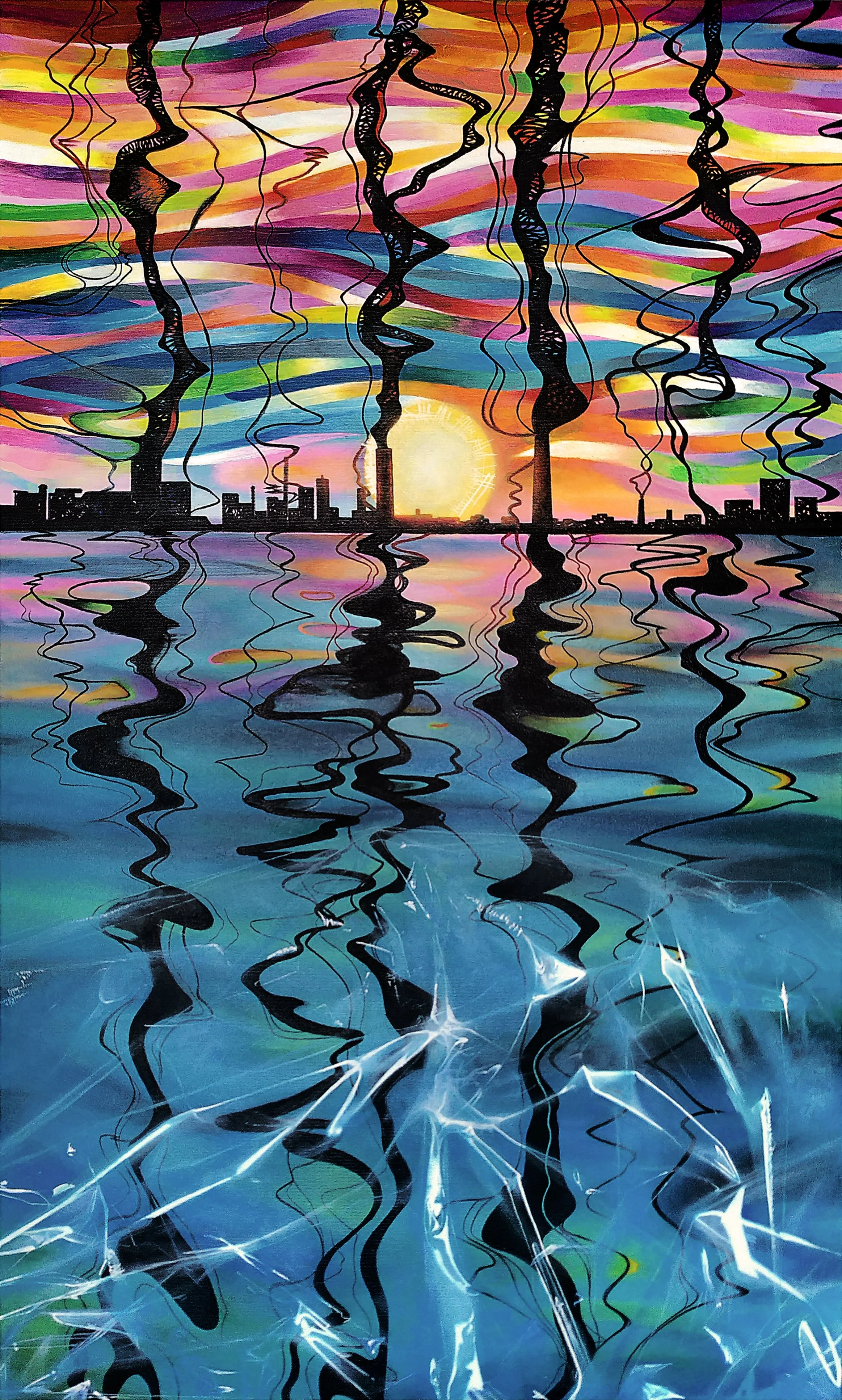Interview with Jorgen Folkersen
My artworks aim to inspire individuals to explore their own emotional landscapes. I believe that art has the power to evoke feelings and provoke thought, encouraging a deeper understanding of oneself. Through my creations, I encourage viewers to embark on a journey of self-discovery and reflection. Therefore, the value of an artwork is primarily created in the mind of the viewer.
Transitioning from a career as a medical doctor and scientist to a full-time artist is a significant shift. What parallels do you draw between your scientific background and your artistic practices? How does one inform the other?
There are several important similarities between art and science. To be a scientist means that you are searching for explanations in areas where there is a lack of knowledge and often also a lack of tools to get that knowledge. Therefore, you must first develop reliable tools and then apply these tools in a creative way, so you get meaningful and useful scientific answers.
To me - being an artist - is about trying to find new expressions (colors, themes, visual effects, techniques), that are meaningful and inspiring to human culture and individual human beings.
Therefore, going new ways requires creativity and experimentation, to gradually learn by yourself. That is also why I rarely paint the same motive or theme twice.
Having won several international awards and exhibited globally, how do you balance the international acclaim with your roots and the local art scene in Copenhagen? How do both these spheres influence your artistic identity?
In my professional scientific career, I have traveled a lot and always had a global focus and perspective. Also, as an artist I have this international approach. Denmark has less than six million people, and the art scene is small. I have experienced that the international art scene is much more diverse and naturally more receptive to contemporary trends and expressions.
Winning talent prizes at international competitions is a significant achievement. How have these accolades affected your approach to art, especially in terms of themes or projects you choose to pursue?
Although I am very pleased with the prizes, it has not affected my approach, but on the contrary encouraged me to continue to follow my own path.
You’ve experienced a liberation in learning that art is strictly personal and cannot be democratized. How has this realization freed or constrained your artistic expression, especially when creating works for public exhibitions?
As an artist, I do not see it as my job to please all people. I want to find my audience and create value for this audience. In my view, there is a strong parallel to music as an art. With music there is a more widespread understanding that we have different tastes in music and prefer different music to separate occasions. In other times we love quiet and calm music. Sometimes we love to dance to provocative rhythms or to watch a 4-hour opera with a lot of drama. All these diverse types of music are useful for us humans in different situations.
Throughout your career, you've noticed starkly different reactions to the same pieces of art. How do you reconcile these divergent views? Do you find that this polarization influences your creative process or your feelings towards completed works?
The basic learning is that I shall not try to reconcile these different views. What I am trying to achieve is: Instead that we judge people who see the world (or my artworks) differently. We should be humble, and understand that we are all different, because our lives have been different. If we never listen to other (different) people with an open mind, we may suffer from the deception that all people are alike, and those who are different are “wrong”.
Jorgen, in your statement, you express a desire for viewers to delve into their own emotional worlds when engaging with your artwork. Can you share an experience or feedback from an observer that particularly moved you or confirmed this aspect of your work's impact?
The more ambiguous emotional content there is in a particular artwork, the more variation I experience in the individual response of the viewers of my artworks. Also, the more sensitive the emotional content, the stronger the reaction. My homepage contains three different videos with three different people who comment on the very same artwork of mine. https://www.volkvard.com/videos Here you can see the great variation in emotional interpretation of an ambiguous theme and how it affects 3 people in a very different manner. I have more comments and information about this question below.
You’ve mentioned that intellectual interpretations of artworks hold less interest for you compared to emotional reactions. Could you expand on how this belief influences the techniques and materials you choose in your work?
Over the years, I have done a range of interviews with people, where I ask the viewer to interpret what they see in a specific artwork, and emphasize to them that they should not try to please me (the artist). I also told them that there are no right or wrong answers. In the beginning, I was incredibly surprised - because what they saw and experienced - was very often totally unexpected. This happened when there was some social emotional motive in the artwork. My conclusions from this are clear:
A. As humans we all have a different life with different social and emotional learnings. This leads to variable views and interpretations on how social interactions are experienced.
B. Even if I used my imagination and intuition to the maximum, I have never been able to predict how my artworks are perceived.
C. Since the intellect cannot help me, I therefore must rely on my own intuition as the sole driver for what I create.
D. Many people strongly believe that humans are primarily intellectual beings, but with some remnants of animal emotions that may “sometimes” disturb this narrative. However, we are primarily emotional beings being influenced a lot by our emotions, but decisions and experiences are subsequently given intellectual narratives. This is one area where I hope my artworks may help improve our understanding of ourselves.
Given your perspective that the value of art primarily arises in the mind of the viewer, how do you approach the creation of a new piece? Is your intent purely personal, or do you find yourself considering potential emotional resonance for your audience?
I tend to paint a broad range of themes and topics that fascinate us as humans. The inspiration comes both from my therapeutic work with chronic stress and trauma, the people around me and from my own inner contemplations.
In my work as a therapist, I gained a thorough understanding of which topics are emotionally important to people. You can find more information in my E-book on Amazon about chronic toxic stress and trauma focused therapy, https://www.amazon.com/Understanding-stress-good-bad-hidden/dp/8797014613 The work with chronic toxic stress has been a major inspiration to me. I have also learned how humans may hide their most traumatic experiences to themselves. These traumas may be either physical (death and diseases) or social (neglect, harassment, domination). We all suffer from especially social traumas – although with a vast difference in severity.
For the large majority of “normal people” it is a lighter form, which may rather be called a kind of “social learning”, because we learn which of our social emotions need to be hidden, subdued or amplified to “survive” our social environment. It is a “mental “part of our upbringings. It is a kind of “shadow personality” we all have. Interestingly, however, the hiding is not complete because the visual sense and the associated memory has an indirect contact with these experiences.
What relevance does this have in visual arts? When we are exposed to any film, photo or painting that contain sensitive social emotions that are subdued or hidden, we may partially recall some of the hidden experiences, but often interpret it as happening to other people (i.e. third person). The emotional reaction may vary from excitement to disgust. Frequently however, there may be some form of attraction or fascination to the specific theme. Collectively I call it human emotional “fascinations”.
In my work as an artist, I work with a broad range of emotional needs of my audience, and a fraction deals with the above emotional fascinations. Over the years I have collected more than 150 of such visual “fascinations” which I save in various formats on my PC. I am constantly collecting and elaborating on each of these fascinations and trying to create different expressions and variants. These fascinations are in a constant “competition” until I finally start materializing a specific sketch or artwork with the best and purest expression of the original fascination.
As you continue to evolve as an artist, what new themes or techniques are you eager to explore? Are there particular emotional landscapes or narratives you are looking to navigate in your upcoming works?
I try to balance out the themes I work with to fulfill different needs among my audience (ex on calming artworks: Forest / Beach and ocean. Ambiguous artworks: Tango child /attractive man / blue kiss. Provocative artworks: Child harassment/ Funnel of death)
With a wealth of experience in both the arts and sciences, what advice would you give to emerging artists, especially those who might be balancing another professional career with their artistic endeavors?
I would say to them that “there are always many roads to Rome”, but statistics speaks its clear language. In Denmark, and most western countries around there is only few people that can live from their art alone. Some years back a survey was made in Denmark by the authorities about the income and living of artists. Only 4% of exhibiting artists could live from their art alone and had to supplement with “normal work” to cover their living costs. For some extraordinarily talented artists it may be working to never take normal work, but for most it is probably advisable to have a flexible “fall back option” with a normal job.
Atelier
Exhibition, lokomotivvaerkstedet, 2022
“Dansing cranes”, acrylic on canvas, 60x45 cm
“Can-can”, acrylic on canvas, 120x90 cm
“Boy in the blue room” , acrylic on canvas, 120x90 cm
“Sitting woman” , acrylic on canvas, 120x90 cm
“Contemplation” , acrylic on canvas, 120x90 cm
“Pussycat” , acrylic on canvas, 120x90 cm
“Atractive man” , acrylic on canvas, 120x90 cm
“Girl blowing flower seeds” , acrylic on canvas, 120x120 cm
“Tango child” , acrylic on canvas, 120x120 cm















